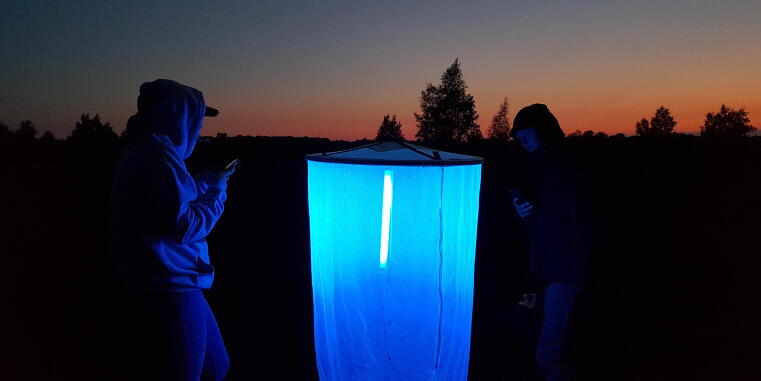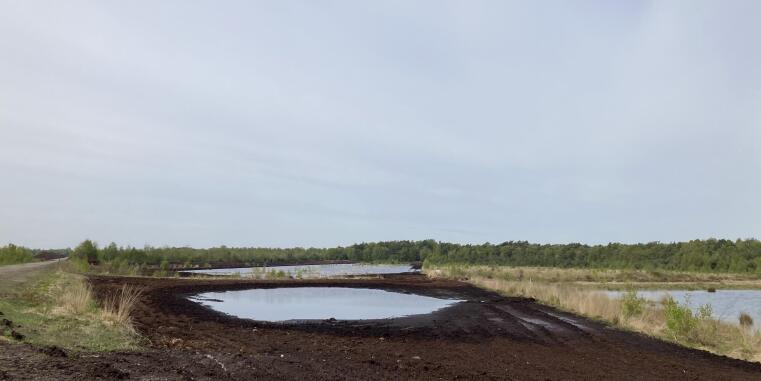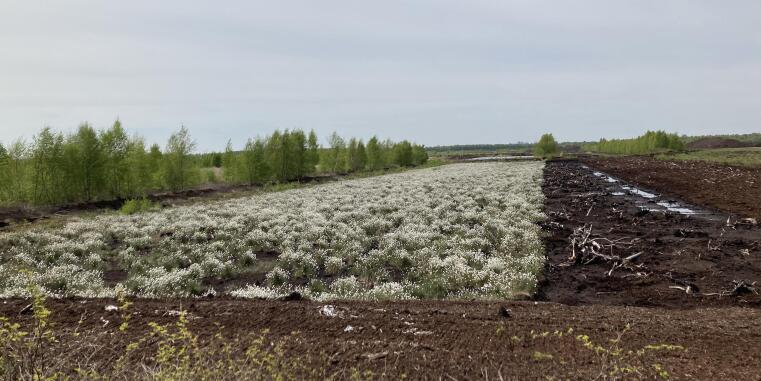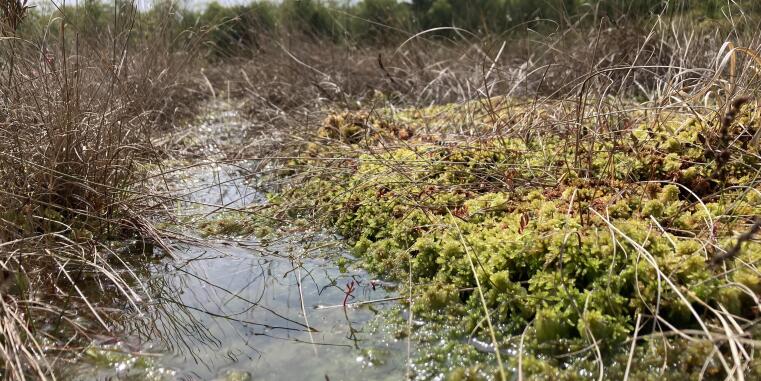







Wetlands are important ecosystems that provide a range of ecosystem services, including water purification, flood control, and habitat for wildlife. In addition, wetlands are highly effective at storing carbon, and when wetlands are degraded or destroyed, this carbon storage capacity is lost, and the carbon that was previously stored in the soil and vegetation can be released into the atmosphere. Unfortunately, wetlands are also some of the most threatened ecosystems on the planet, with many having been destroyed or degraded due to human activities such as agriculture, urbanization, and drainage for development purposes.
Wetland restoration is the process of restoring degraded or damaged wetlands to their natural or near-natural state. It can help to mitigate climate change by storing and sequestering carbon and to conserve biodiversity by providing habitat for a range of plant and animal species that are uniquely adapted to the wetland environment.
Despite the importance of wetland restoration, there is still a knowledge gap in our understanding of the effectiveness of restoration efforts. At CIBRA, we are working to close this knowledge gap, for example, by monitoring the rewetting of a forest and wetland ecosystem in the region. We are using a multi-angle monitoring approach to track changes in vegetation, soil moisture, and other key indicators of wetland health and ecosystem function.
By working to close knowledge gaps on wetland restoration, we hope to provide insights and options for action that will help to promote the recovery of natural habitats and species, including endangered and threatened species. Our ultimate goal is to contribute to a sustainable future where wetlands are conserved and restored to their natural and functional state, providing important ecosystem services and supporting biodiversity for generations to come.
Within the Ammeloe climate and biodiversity area, a 75-hectare model area is to be rewetted in an area of the Lüntener Wald forest estate. The project is being planned by the LWL-Museum für Naturkunde and the LWL-Bau- und Liegenschaftsbetrieb and is being carried out by the latter in close coordination with the responsible authorities of the district and district government as well as Wald und Holz NRW. Various experts from the working groups within the Institute of Landscape Ecology and the LWL Museum of Natural History are researching changes in biodiversity and carbon storage from a variety of perspectives.